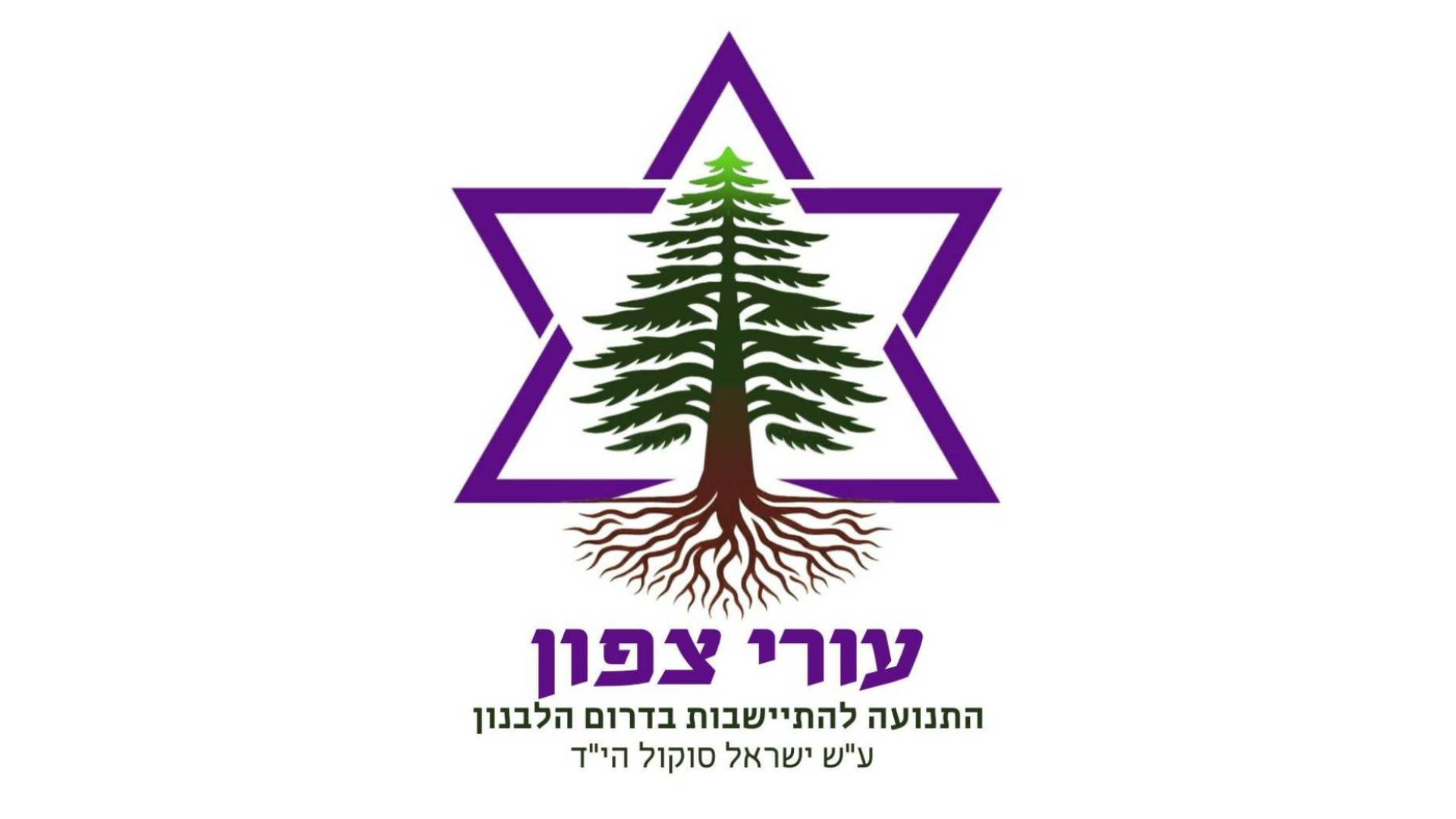Uri Tzafon, a movement advocating for Jewish settlement in southern Lebanon.
'Israeli' extremist publishes updated map promoting land sales in southern Lebanon
Note: AI technology was used to generate this article’s audio.
- 'Israeli' settlement movement Uri Tzafon publishes updated map promoting land and property sales in southern Lebanon
- The move sparks outrage among displaced Lebanese, amid ongoing airstrikes and obstacles to reconstruction
Amid ongoing 'Israeli' airstrikes in southern Lebanon, the extremist settlement movement Uri Tzafon has recently published an updated map promoting land and property sales in the region, with the slogan "Head to the north".
While the movement has long advocated for Jewish settlements in southern Lebanon, the new map provides detailed plots and Hebrew names for towns along the Litani River, signaling renewed efforts to attract 'Israeli' investors.
The map covers areas from the mouth of the Litani River to Kafr Kila, including towns in Western Beqaa, Hasbaya, the Shebaa Farms, and key cities such as Tyre, Bint Jbeil, Marjeyoun, and Hasbaya. Plot prices reportedly start at around 300,000 shekels (approximately $80,000). The movement presents the lands as potential sites for “future settlements,” reflecting an ongoing expansionist narrative toward southern Lebanon.
Historically, Uri Tzafon has promoted similar campaigns, previously inviting settlers to purchase homes in southern Lebanon with scenic views of the mountains and natural landscapes, even during periods of Israeli military operations in the region.
The rise of Uri Tzafon
Founded in March 2024 as a website online and inspired by figures such as Israel Sokol, a Givati Brigade soldier, and Prof. Amos Azaria, the movement argues that establishing civilian settlements in southern Lebanon is key to securing northern 'Israel' and reclaiming what they consider biblical borders.
The movement promotes settlement as a means to ensure long-term security for northern “Israel”, asserting that only through civilian presence can stability be maintained and prevent the area from becoming what they claimed to be a terrorist stronghold.
Lebanese authorities and displaced residents have expressed outrage over the initiative, which comes amid ongoing obstacles to reconstruction and continued displacement. About 82,000 people remain displaced in southern Lebanon, struggling to return to homes damaged by previous 'Israeli' attacks. Local officials have called on international mechanisms and 'Israel' to uphold ceasefire obligations and allow reconstruction.
Although settlement ambitions in southern Lebanon are not new, dating back to Israel’s occupation of the area from 1978 to 2000, the publication of the new map underscores the persistence of these expansionist agendas amid ongoing conflict and political tension in the region.




